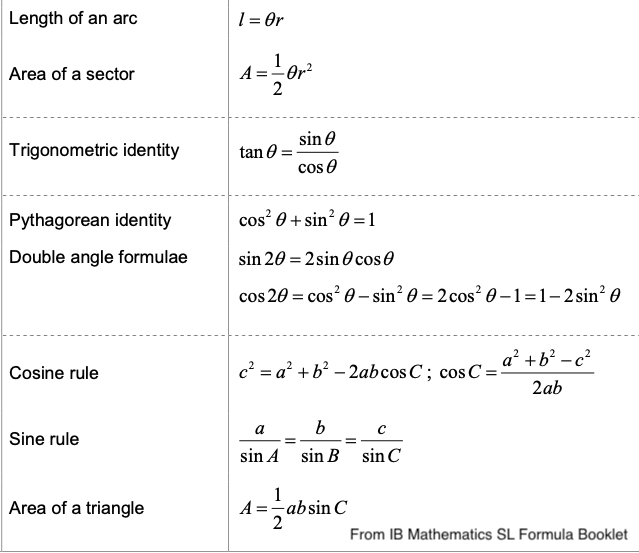Buffer Q&A:
Why do we care about buffers?
- It will keep pH constant upon adding acid or base
What do we need in a buffer?
- a weak acid ($HA$) and its conjugate base ($A^-$)
- if we add a base, it will react with the acid
- if we add an acid, it will react with the base
You might ask, “can any buffer work?”
- the desired pH is +/-1 from the buffer $pK_a$
When is a buffer no longer a buffer?
- When you use up one entire speicies
What unit should I work in when I am using buffers?
Things to consider when making a buffer:
- pH +/- 1 from $pK_a$
- What materials you have available (you can make a buffer multiple ways)
- option 1: 2 solids ($[HA]$ and $[A^-]$)
- option 2: 1 solid and 1 solution ($[HA]$ solid & $[A^-]$ solution)
- option 3: 1 solid and 1 solution ($[HA]$ solution & $[A^-]$ solid)
- use Henderson Hasslebach Equation (in pH & pOH)





